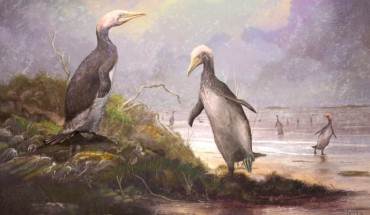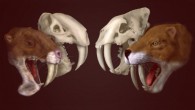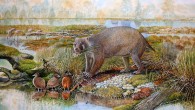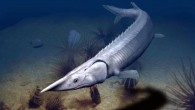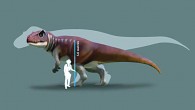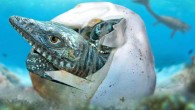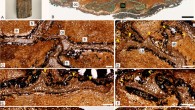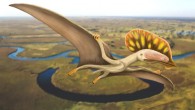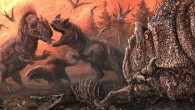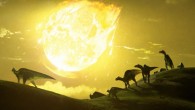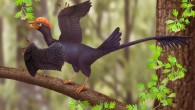Paleontologists have discovered striking similarities between the fossilized bones of giant penguins that lived 62 million years ago in what is now New Zealand and those of the plotopterids, a group of flightless seabirds that lived in North America and Japan between 37 and 25 million years ago. A group of Copepteryx, plotopterid birds that lived in Japan between 28.4 and 23 million years ago. Image credit: Mark Witton. Plotopterids (family Plotopteridae)...

